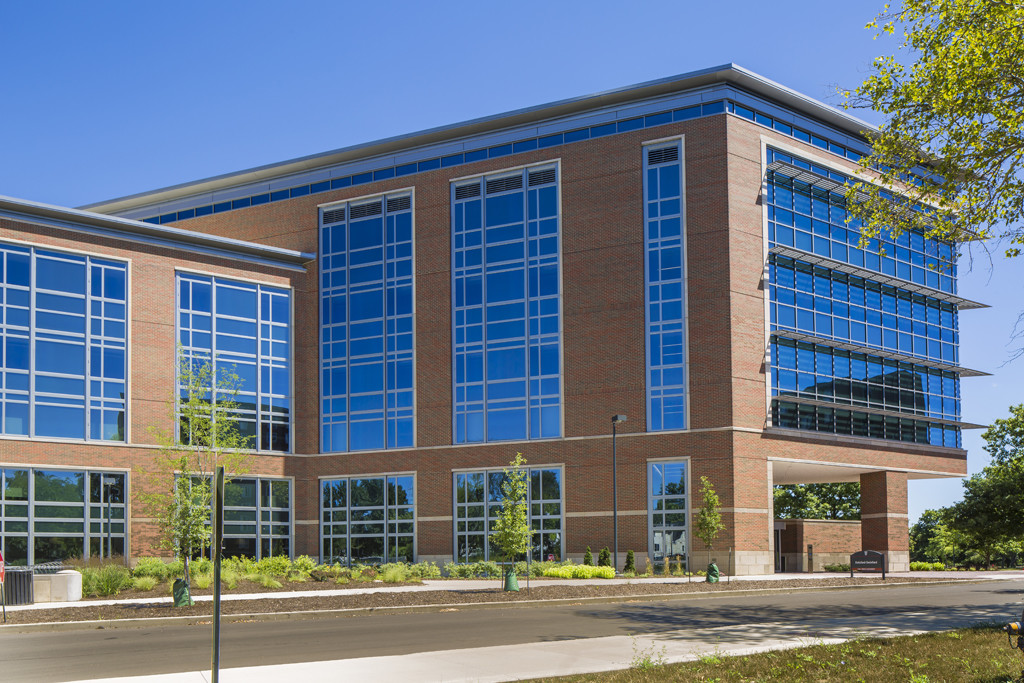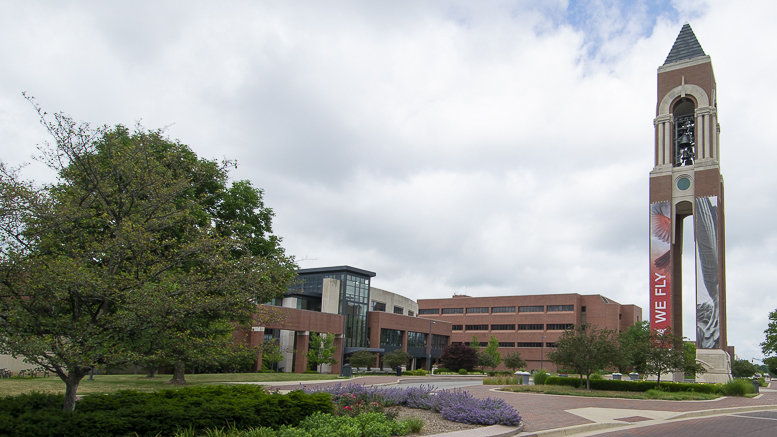By: Ball State Marketing and Communications—
Muncie, Indiana – Ball State University’s Board of Trustees recently discussed implementing a more decentralized, incentive-based approach to budgeting designed to better align the allocation of resources with the priorities of a new strategic plan.
“The new model will incentivize all colleges and units to promote student success, stimulate strategic growth, encourage innovation and entrepreneurship, and support academic excellence,” said President Geoffrey S. Mearns.
“The current budget model has served us well for many years,” President Mearns said, “and as we know, the University is in a solid financial position. But since arriving on campus in May 2017, I have heard many comments about our budget process. Specifically, faculty, staff, and administrators have consistently shared that our centralized, incremental model does not sufficiently encourage academic innovation and ensure institutional accountability.”
The Strategic Planning Committee heard similar comments during the process of developing the University’s new strategic plan, which will be publicly released in January 2019.
“The committee proposed that we develop an incentive-based budget model that aligns our human and financial resources with our strategic priorities and encourages innovation and effective resource management,” President Mearns said. “The new model will provide our colleges and units with more flexibility to reinvest in programs and, ultimately, it will position Ball State for long-term success.”
The University has launched a website, bsu.edu/budgetmodel, that provides information about the initiative, including the rationale, planning process, and timeline. The site will be regularly updated.
In other business, the Board approved an average increase of 2.1 percent in room and board rates for 2019-20 that keeps the cost of living on the campus highly competitive as compared to its peer institutions and in-state schools. Rates for first-time students will be 3 percent higher while returning students enrolled in the University’s premium plan, which locks in costs for a two-year period, will experience no increase from the prior year.
Board Chair Rick Hall said while housing rates have been increasing modestly, the quality of the University’s residence halls — home to about 6,100 students — is exceptional.

Ball State’s Renovated Botsford/Swinford Halls.
“Ball State’s residence halls are more than just places to live. They are living-learning communities that promote student success and provide impactful programs and experiences,” said Board Chair Hall, who noted his positive experiences and lifelong friendships made as a result of living on campus as an undergraduate. “Through long-term planning and efficient management, Ball State offers high quality facilities, amenities, and experiences at rates well below the average of our peer institutions in the Mid-American Conference and across the Midwest.”
The Board also approved the new strategic plan, which will guide the campus for decades. Its five long-term goals for 2040 provide a framework, with a small set of imperatives to be accomplished by 2024. Details of the plan will be disseminated next month.
The plan’s development was based on an inclusive process engaging faculty, staff, students, alumni, community partners, and many of the University’s benefactors. Input was collected from surveys, working groups, and forums on campus and in the community.
Also at the meeting, Susana Rivera-Mills, provost and executive vice president for academic affairs, updated the Board about national searches underway to fill open dean positions for the College of Architecture and Planning, Miller College of Business, College of Fine Arts, and Teachers College.
“We are seeking inspirational people to lead our colleges because our deans accelerate our upward trajectory,” Dr. Rivera-Mills said. “Our deans also will play pivotal roles as we implement the new strategic plan and budget model.”
Board members also were updated about the University’s Centennial Celebration. Throughout the academic year, individual colleges have been spotlighted each month with special events. January will spotlight the College of Health. Among events will be a January 10 talk by Edwin McDonald, associate director of adult clinical nutrition at the University of Chicago Medicine Center for Advanced Care; a Healthy Lifestyle Fair tentatively set for Jan. 16; and several health workshops January 28.
About Ball State
Founded in 1918 and located in Muncie, Ball State is one of Indiana’s signature universities and an economic driver for the state. Ball State’s nearly 22,000 students come from all over Indiana, the nation, and the world. Its 780-acre campus is large enough to accommodate premier facilities and 19 NCAA Division I sports but small enough to ensure the friendliness, personal attention, and access that are the University’s hallmarks.



